#Imports
Why Did Trump Propose a 100-Percent Tariff on Mexican Auto Imports?
Earlier this week, Donald Trump suggested that he would impose a 100 percent tariff on select automobiles manufactured in Mexico — sending the industry into a minor tizzy.
Having done some digging into the matter, Trump only appears to be targeting Chinese vehicles being manufactured south of the border. The statement was made during the “Buckeye Values PAC” rally in Dayton, Ohio, and comes after Chinese automaker BYD announced plans to build a production facility in Mexico. While most of the resulting vehicles are assumed to be electric, BYD has stated its intention is not to sell them within the United States.
QOTD: Which JDM Car Do You Wish Was Sold in North America?
We all know there are certain Japanese Domestic Market (JDM) cars you cannot buy in the United States or Canada. So today's question of the day is a simple one -- which piece of forbidden fruit would you like?
Junkyard Find: Gray-Market 1981 Mercedes-Benz 380 SEL
Of all the European-market new cars that flooded into the United States during the wild gray-market years of the early and middle 1980s, the Mercedes-Benz W126 S-Class appears to have been the most popular. Today's Junkyard Find is one of those cars, found in a self-service boneyard near Denver, Colorado.
Rare Rides Icons, The Nissan Maxima Story (Part VII)
Unlike its third generation which had the upmarket sporty sedan segment largely to itself, when the fourth generation Maxima (A32) arrived in 1995 there were numerous new competitors from all directions. In its home market, the American-centric Maxima faded away and was replaced by the more internationally flavored Cefiro. Notably, the Cefiro wore Infiniti I30 styling in advance of its North American debut. In addition to the handful of variants for other markets like the Maxima QX and QX (which both wore Cefiro clothes), the A32 Maxima was also transformed into a very important car for the Korean market. Let’s talk about some business deals.
Rare Rides Icons: Lamborghini's Front-Engine Grand Touring Coupes (Part XII)
Ferruccio Lamborghini finally realized his dream of a proper four-seat grand touring coupe with the introduction of the Espada in 1968. The Espada entered production after a long and difficult styling process, which occurred simultaneously with a long and difficult engineering process. After multiple restyling attempts (and the use of a canned Jaguar coupe design), the Espada was produced in its Series I format from March 1968 to November 1969.
Rare Rides Icons, The Nissan Maxima Story (Part VI)
It turned out that 1994 was a high point for the Nissan Maxima. The third-generation sedan was just about the ideal mix of driving dynamics, quality, luxury, and whiz-bang tech features. It was offered in well-equipped GXE trim for lovers of comfort, and sportier SE for Sports Enthusiasts (or something). After its introduction for the 1989 model year, Nissan made relatively few changes to its impressive sedan.
Sales were around 100,000 units in its first two years, and then around 85,000 for the next two years. But in its final model year of 1994 the third gen’s sales nearly doubled, to 163,138. It was time for a new Maxima in 1995. It was a generation that branched out to become other interesting vehicles but also started the model’s decline.
Rare Rides Icons: Lamborghini's Front-Engine Grand Touring Coupes (Part XI)
It was a long, uphill battle to get the Espada into production. Seemingly no designer would deliver on Ferruccio Lamborghini’s desire for a four-seat grand touring coupe. While style was fine, outlandish design was unacceptable. Yet designers disappointed him on the Islero (which was supposed to be a real four-seater) and fought him on what became the Espada.
Marcelo Gandini at Bertone was forced to redesign the Espada more than once to comply with Lamborghini’s wishes, even though its Jaguar Pirana looks stayed intact. Gullwing doors were a favorite feature of Gandini’s, but Ferruccio declared they were ridiculous and impractical for such a car. And while the styling was being settled, there was quite a bit of new engineering taking place for the Espada, too.
Rare Rides Icons, The Nissan Maxima Story (Part V)
The new third-generation (J30) Nissan Maxima went in a bold new direction from its predecessors. Larger, more luxurious, more technologically savvy, and better made than the first two, the third Maxima was the first to cater to the North American market. The Maxima’s sudden transformation was so complete that it diverged from its former sibling the Bluebird to become an entirely separate model. First up today, we consider 4DSC styling.
Rare Rides Icons: Lamborghini's Front-Engine Grand Touring Coupes (Part X)
In 1968, Lamborghini launched two new front-engine grand touring coupes at the same time. It was only the second time the company introduced two new models in the same model year. The two cars in question were the restrained and conservative Islero 2+2, and the larger more in-your-face Espada. While we covered Islero’s rapid demise previously in this series, the four-seat Espada had a much more successful life.
It was the realization of a large four-seat coupe from company founder Ferruccio Lamborghini, who’d wished for a car of said type since the company’s inception. The short-lived Islero turned into a last-of-moment for Lamborghini, as its sales flop proved the company with the raging bull logo was better served by more exciting, outlandish designs.
We covered Espada's styling in our previous entry. Penned by Marcelo Gandini at Bertone, the Espada was nearly a Xerox copy of the Jaguar Pirana concept, at 125 percent magnification. But its large size and generous interior space for four caused some new challenges for Lamborghini’s engineers; the road to the production Espada was not a smooth one.
Rare Rides Icons, The Nissan Maxima Story (Part IV)
After its short-lived first generation outing as a rear-drive car from 1981 to 1984, the PU11 Maxima of 1985 adopted the front-engine, front-wheel drive format the Maxima kept permanently. But that wasn’t the only precedent set by the PU11, as Nissan decided to move forward with V6 engine configurations and leave the inline-six in the past.
The addition of the sporty SE trim with its monochromatic details, and fancy electronic options like a Sonar Suspension System were both indications of where Nissan was headed with the Maxima. It was a sportier and more interesting direction than its stiffest competition, the staid and conservative rear-drive Cressida. Sales showed what buyers preferred, as the Maxima outsold the Cressida many times over throughout the mid-Eighties. And at the end of the decade, Nissan gave customers more of what they wanted with the very first 4DSC, a four-door sports car.
Rare Rides Icons, The Nissan Maxima Story (Part III)
After its first few years as an 810, 910, Datsun by Nissan, Maxima by Datsun, Datsun/Nissan, and similar, the Maxima settled into its permanent home under Nissan branding. The well-equipped compact sedan sold over 198,000 copies in the United States between 1982 and 1984 (‘82 is the earliest year sales data is available) before an all-new Maxima arrived in 1985. With its second generation, Nissan veered off to distinguish the Maxima from its most direct competition, Toyota’s Cressida. Picture it, October 1984.
Rare Rides Icons: The History of Kia's Larger and Full-size Sedans (Part XII)
In our last installment of Kia’s large sedan history, we took a look at the second generation Cadenza. With its second salvo at the likes of the Toyota Avalon and the Buick Lacrosse, Kia planned to capture the near-luxury sedan customer who cared about value. Unfortunately, the Cadenza didn’t excel at anything in particular, and failed to stand out against more established competition.
A similar story played out a few years before when Kia introduced the first full-size rear-drive luxury car it ever designed in-house. Called the K9 (Quoris or K900 elsewhere), the large sedan shared a platform with the new rear-drive Hyundai Equus. Both sedans were the flagship offerings at their respective brands.
The Equus was flashy and almost American-inspired, while the K9 was conservative and understated. But it turned out a large and anonymous looking luxury car was not to the taste of most customers. Even in its home market, buyers vastly preferred the Equus and its large winged hood ornament. What was Kia to do?
Rare Rides Icons: The History of Kia's Larger and Full-size Sedans (Part XI)
Kia’s second attempt at a K7 (Cadenza in North America) arrived at a time when the company fully embraced a styling language of its own. More upscale and nicer to look at than the derivative generation of 2010 to 2016, the new Cadenza debuted in all global markets for 2017. Kia was hopeful the second Cadenza would sell better than the first one, particularly in North America. Any predictions on how that went?
Rare Rides: The 1996 Toyota Classic, Truck-based Throwback
Today’s Rare Ride is brought to you by a Tweet that featured today’s subject and was the exact moment your author became aware of its existence. Released in the Nineties prior to the American retro styling craze, the Classic was a limited edition sedan sold only to Japanese customers. Curious yet?
Rare Rides Icons: The History of Kia's Larger and Full-size Sedans (Part X)
As we return to the history of Kia’s large sedans, we find ourselves in the midst of the 2010s. When the full-size and rear-drive K900 was introduced for the 2015 model year, Kia’s front-drive comfort option, the K7 (Cadenza to you), was in the midst of its first generation. A replacement for the unloved and ugly Opirus (Amanti to North Americans), the K7 ushered in sophisticated but bland Euro-centric styling from Peter Schreyer upon its launch in 2010.
Cadenza didn’t make its way to the North American market until 2014, and debuted with slightly sharper styling and a nicer interior via a mid-cycle refresh. Kia took its time in bringing the Cadenza to the North American market, as they wanted to be sure they got it just right.
In the end, the first Cadenza fell between the soft rock of the Lexus ES and the hard place of the Nissan Maxima. Additionally, it lacked the prestige to compete with other large front-drive upmarket offerings of the time. The new cadenza lasted only three model years in North America, as Kia was ready for an all-new generation K7/Cadenza in 2017.






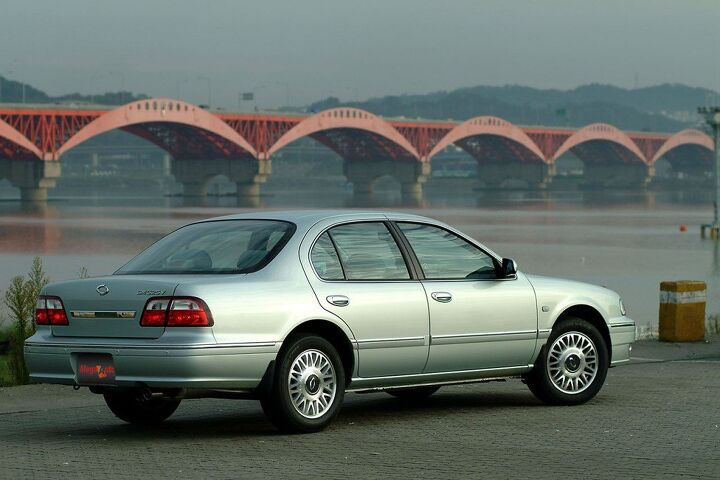


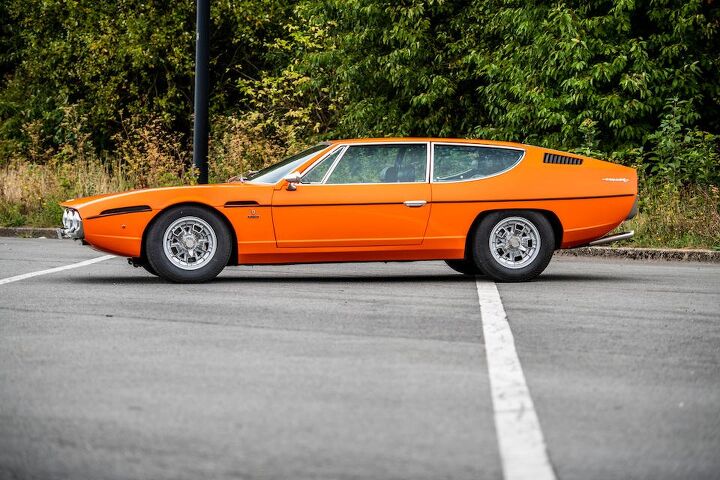
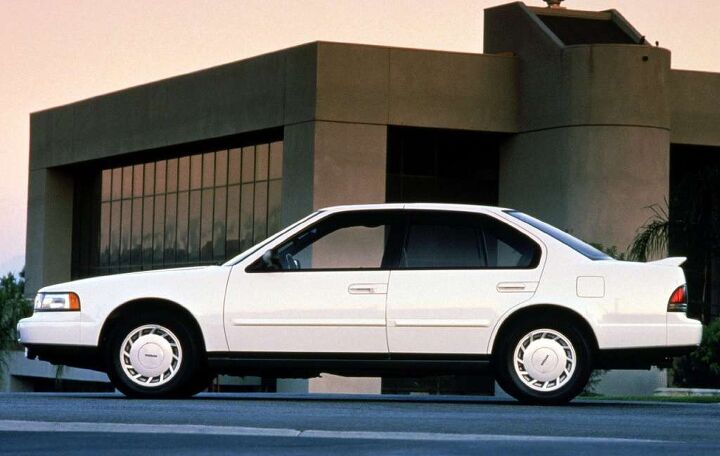
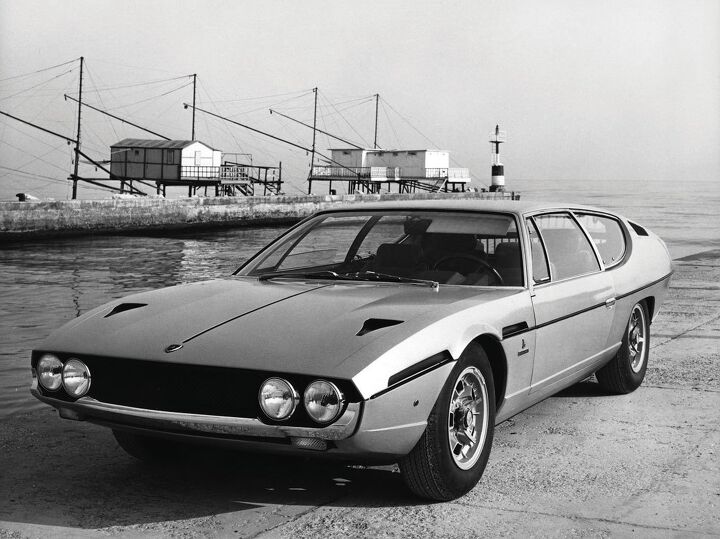
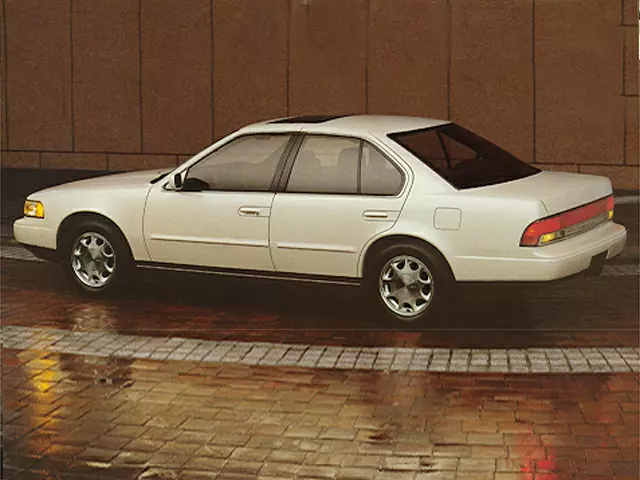



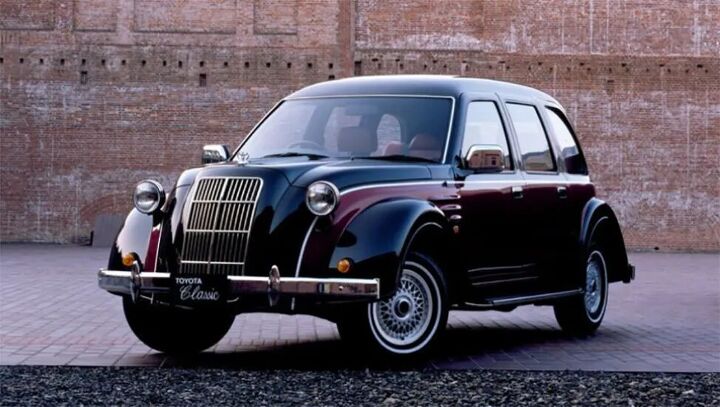
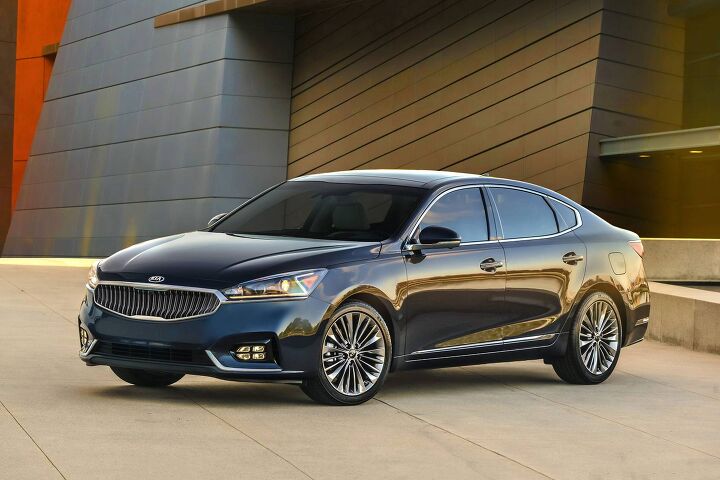












Recent Comments